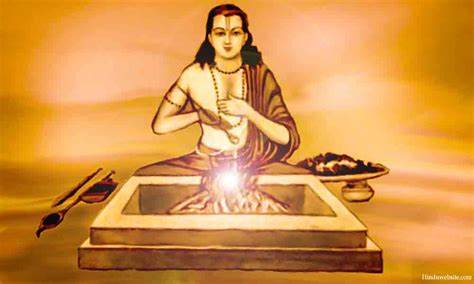
Atharvan, in Hinduism, is associated with the Atharvaveda, one of the four Vedas, which are ancient sacred texts that form the foundation of Hindu religious and philosophical knowledge. Here are key aspects related to Atharvan:
- Atharvaveda: The Atharvaveda is the fourth Veda and is named after Atharvan. It is distinct from the other three Vedas (Rigveda, Samaveda, and Yajurveda) in that it contains a collection of hymns, spells, charms, and incantations used for various purposes, including healing, protection, and rituals. The Atharvaveda reflects a more diverse range of concerns compared to the other Vedas.
- Atharvan as a Sage: Atharvan is considered a sage and is often identified as the compiler or seer of the Atharvaveda. He is credited with the knowledge and transmission of the hymns contained in this Veda.
- Rishi Atharvan: The term “Atharvan” is also used to refer to a category of priests in ancient Vedic society. The Atharvans were responsible for performing rituals and ceremonies based on the knowledge found in the Atharvaveda.
- Atharva Shastra: The Atharvaveda contains practical knowledge related to everyday life, including aspects of healing, medicine, and protection against malevolent forces. This practical knowledge is often referred to as “Atharva Shastra,” and it is distinct from the more ritualistic and ceremonial focus of the other Vedas.
- Role in Rituals: While the Rigveda, Samaveda, and Yajurveda primarily focus on ritualistic hymns and sacrificial ceremonies, the Atharvaveda incorporates a broader spectrum of concerns, including aspects related to domestic rituals, marriage, childbirth, healing, and protection against negative forces.
The Atharvaveda and its associated traditions highlight the diversity of thought and practice within the Vedic literature. The inclusion of practical knowledge and the emphasis on healing and protection make the Atharvaveda a unique and valuable part of the Vedic corpus.
